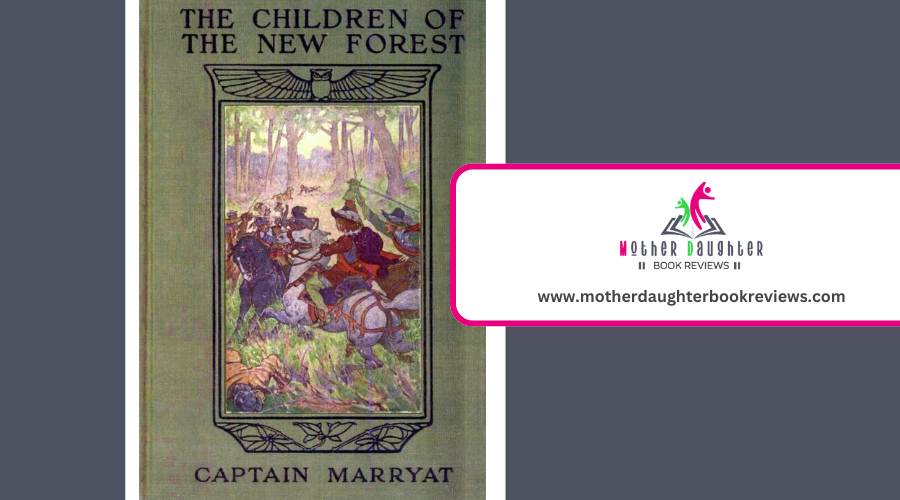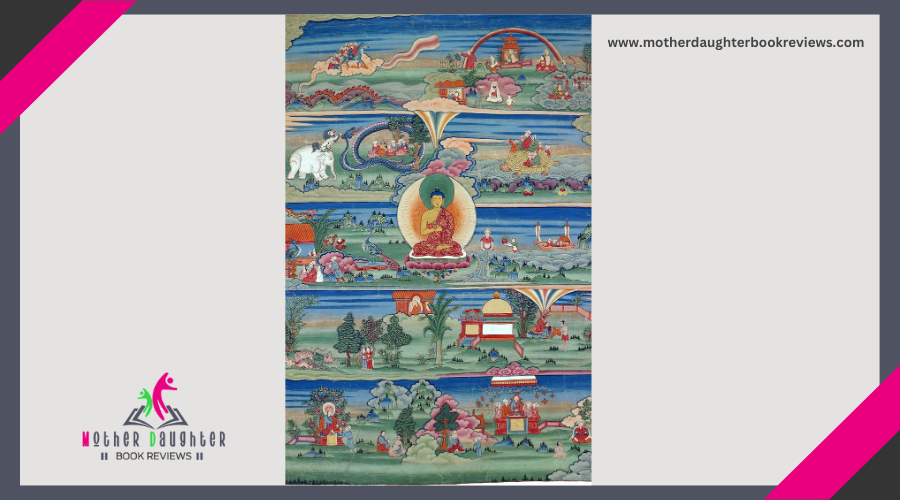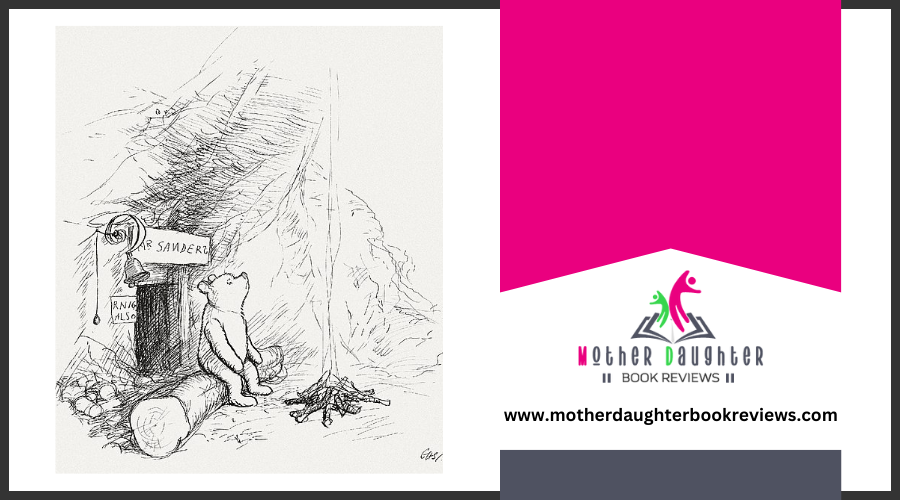Exploring the Best Children's Books From the 1800s

Step into Lewis Carroll's whimsical world of "Alice's Adventures in Wonderland," where reality twists in the most imaginative and unexpected ways. Feel the heartfelt bonds of family in Louisa May Alcott's "Little Women." Join the mischievous escapades of Tom in Mark Twain's "Adventures of Tom Sawyer." Set sail on a pirate's quest in Robert Louis Stevenson's thrilling "Treasure Island." Ultimately, experience the transformative power of nature in Frances Hodgson Burnett's "The Secret Garden." Each book offers a unique expedition brimming with adventure, growth, and timeless themes.
Alice's Adventures in Wonderland
Lewis Carroll's "Alice's Adventures in Wonderland" is a quintessential children's book from the 1800s that continues to captivate readers. You immerse yourself in a fanciful world where nothing is as it seems, guided by Carroll's unique narrative structure. The story's episodic nature, with Alice encountering a series of bizarre characters in quick succession, keeps the plot dynamic and engaging. Each chapter almost feels like a standalone adventure, yet they all contribute to Alice's expedition of self-discovery.
Character symbolism plays an essential role in adding depth to the narrative. You'll find that characters like the Cheshire Cat, the Mad Hatter, and the Queen of Hearts are not just eccentric figures; they symbolize diverse aspects of society and human nature. The Cheshire Cat's enigmatic smile and cryptic advice represent the uncertainty and ambiguity of life. The Mad Hatter, always stuck at tea-time, symbolizes the absurdities of time and social conventions. Meanwhile, the Queen of Hearts embodies the irrationality of authority and power.
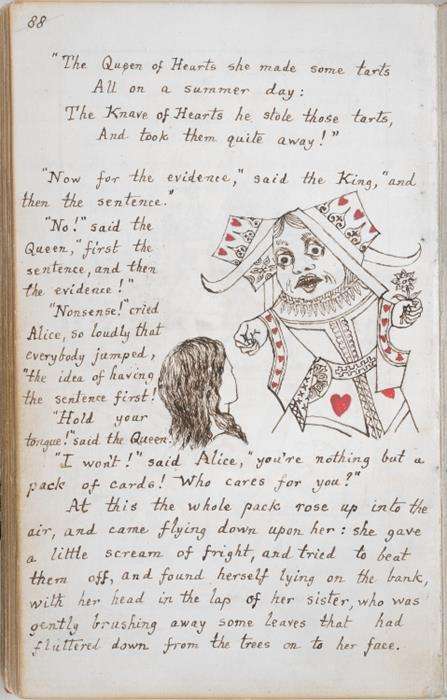
Little Women
After wandering through Carroll's fanciful Wonderland, you'll find yourself stepping into the more grounded and heartfelt world of Louisa May Alcott's "Little Women." This beloved novel, initially published in 1868, offers a stark contrast to the fantastical elements of Wonderland. Alcott's story plunges deep into the lives of the four March sisters—Meg, Jo, Beth, and Amy—each of whom embodies different aspects of character development and societal norms of the 19th century.
You'll quickly notice how Alcott carefully crafts each sister's path, exploring their dreams, struggles, and growth. Jo, for instance, stands out with her rebellious nature and determination to break free from traditional gender roles, reflecting the period's evolving societal norms. Meg's experiences highlight the challenges of balancing personal aspirations with familial duties, while Beth's gentle demeanor and Amy's artistic ambitions provide further layers of complexity.
As you read, you'll see how Alcott uses the sisters' interactions and individual stories to critique and sometimes challenge the societal expectations placed on women. The novel's rich character development allows you to connect deeply with each sister, making their triumphs and tribulations resonate profoundly. "Little Women" remains a timeless exploration of family, identity, and societal change.
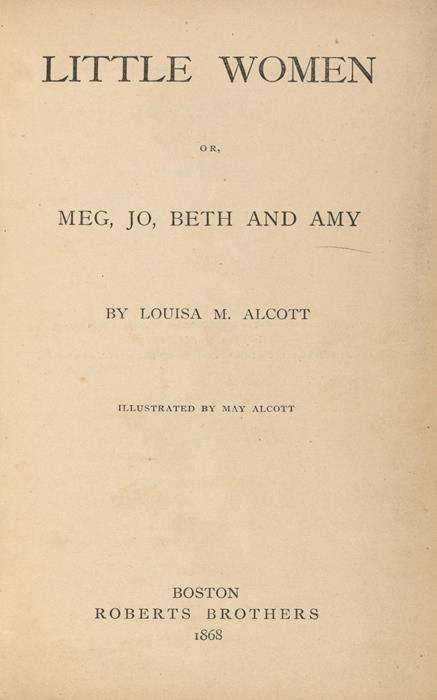
Tom Sawyer's Adventures
Mark Twain's "The Adventures of Tom Sawyer," published in 1876, whisks you away to the lively, mischievous world of a young boy growing up along the Mississippi River. As you plunge into Tom's escapades, you'll uncover a tale rich in humor, adventure, and heartfelt moments. Tom's character development is a central theme, evolving from a carefree prankster to a young hero who understands the importance of responsibility.
Throughout the story, Tom encounters a variety of moral lessons that shape his growth. You'll see him grapple with the consequences of his mischief, like when he convinces his friends to whitewash a fence or runs away to become a pirate. These experiences teach Tom about honesty, loyalty, and courage, particularly in moments like when he testifies in court to save the innocent Muff Potter.
Twain's storytelling invites you to reflect on the values and lessons interwoven in Tom's expedition. By the end of the book, Tom isn't just a mischievous boy; he's a character who embodies the virtues of bravery and integrity. "The Adventures of Tom Sawyer" remains a timeless classic, offering young readers an engaging exploration of character growth and moral understanding.
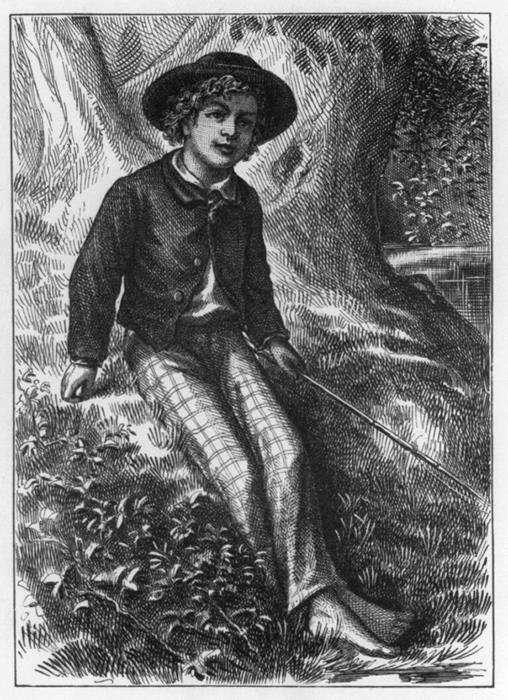
Treasure Island
While diving into "Hidden Riches Island," published in 1883, you're transported to a world of pirates, concealed fortunes, and high-seas adventure. Robert Louis Stevenson's classic tale offers a thrilling expedition that captures the imagination. From the moment young Jim Hawkins unearths a pirate's map, you're hooked into a narrative filled with suspense and excitement.
The pirate adventures in "Hidden Riches Island" aren't just about the quest for fortune; they also investigate deeper themes. Jim's encounters with characters like Long John Silver teach significant moral lessons. Silver's complex personality reveals the blurred lines between good and evil, showing that people aren't always what they seem. You learn about bravery, loyalty, and the consequences of greed through Jim's experiences.
Stevenson's vivid descriptions and dynamic characters make you feel like you're part of the pursuit. As Jim sails on the Hispaniola, you can almost hear the creaking of the ship and the roar of the waves. The story's fast pace keeps you engaged, and its themes give you plenty to ponder.
The Secret Garden
As we've navigated the thrilling seas of "Hidden Riches Island," it's time to step onto the lush grounds of "The Secret Garden," a cherished classic by Frances Hodgson Burnett. This enchanting tale invites you into the world of Mary Lennox, a sour and unloved girl who uncovers a neglected garden on her uncle's estate. As you embark alongside Mary, you'll reveal hidden themes of healing, friendship, and the transformative power of nature.
The story's magic lies not just in the garden's revival but also in the profound character growth of its inhabitants. Mary, initially sullen and withdrawn, blossoms into a lively and compassionate child through her connection with the garden. In the same way, Colin Craven, a bedridden and despairing boy, finds strength and confidence as he joins Mary in tending to the secret space. Their personal transformations highlight the novel's deeper message about the restorative effects of love and care.
"The Secret Garden" is more than just a children's book; it's a timeless exploration of how hidden themes and personal growth can lead to renewal and joy.
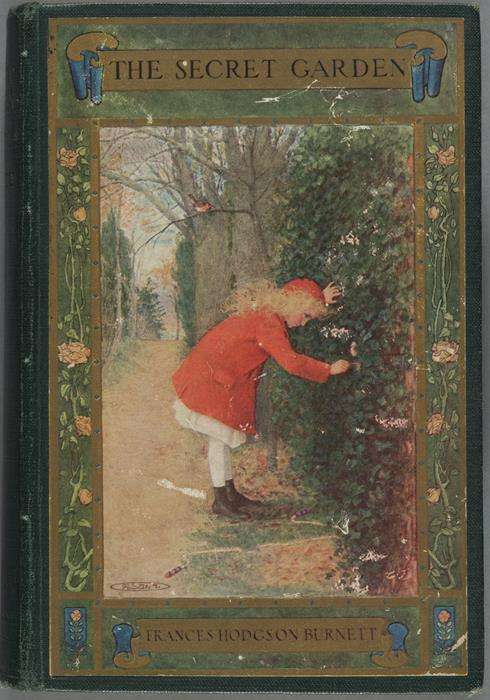
Conclusion
From the whimsical world of Alice's Adventures in Wonderland to the heartfelt family dynamics in Little Women, each story transports you to a unique setting filled with rich characters and profound lessons. Whether you're navigating Tom Sawyer's mischievous escapades, embarking on a thrilling pirate adventure in Treasure Island, or uncovering the magic of renewal in The Secret Garden, these classic tales provide more than just entertainment—they offer timeless wisdom, moral lessons, and enduring joy.

